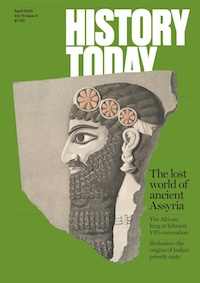Going to America
J.W. Blake describes how, during the colonial period, just over half a million emigrants—English, Scottish, Irish, French, German, Dutch, Swedish and Finnish—are calculated to have left Europe for a new home in America. Often they reached their goal only at the cost of hideous suffering.



